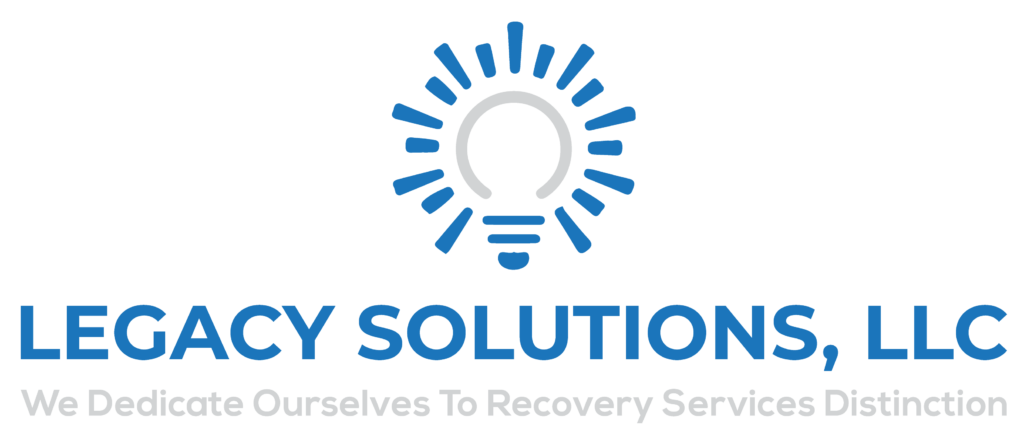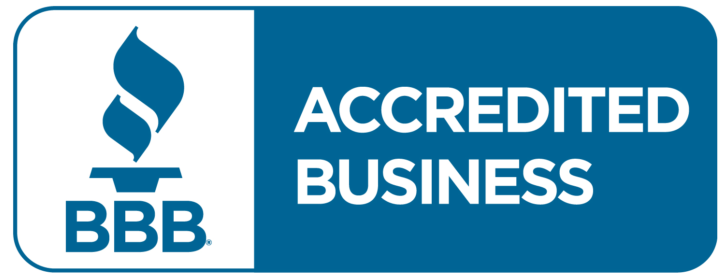The allowance method is an accounting technique that enables companies to take anticipated losses into consideration in its financial statements to limit overstatement of potential income. To avoid an account overstatement, a company will estimate how much of its receivables from current period sales that it expects will be delinquent. Using the direct write-off method, uncollectible accounts are written off directly to expense as they become uncollectible.
Calculating your bad debts is an important part of business accounting principles. Not only does it parse out which invoices are collectible and uncollectible, but it also helps you generate accurate financial statements. The result is a more efficient collections team that contributes to enhanced cash flow and reduced DSO. For most companies, this account also represents the total credit sales made by a customer what is average daily rate adr how is it used in the hotel industry with pending payments. Any company that offers a credit term for sales will also accumulate a balance in the accounts receivable account. In most cases, accounts that are going to go unpaid can’t be confirmed for months.
- Learn how to handle your small business accounting and get the financial information you need to run your business successfully.
- Bad debt is considered a normal part of operating a business that extends credit to customers or clients.
- Bad debt refers to any outstanding amount on a bill that remains unpaid and is deemed unrecoverable.
- However, the provision method for doubtful debts does not directly reduce the accounts receivable balance.
How to Estimate Bad Debt Expense
In the direct write-off method for bad debts, companies record an expense in the income statement. In the direct write-off method in accounting for bad debts, companies calculate the bad debts for each customer. This process may still create an expense in the income statement for companies. They arise when a company extends too much credit to a customer that is incapable of paying back the debt, resulting in either a delayed, reduced, or missing payment. In this post, we’ll further define bad debt expenses, show you how to calculate and record them, and more.
There are two kinds of bad debts – business and nonbusiness
Before delving into the specifics of a bad debt write-off and how to proceed with it, it’s essential to understand what constitutes bad debt. Instead, they are estimates based on a percentage companies use to calculate those doubtful debts. In either case, when a specific invoice is actually written off, this is done by creating a credit memo in the accounting software that specifically offsets the targeted invoice. QuickBooks has a suite of customizable solutions to help your business streamline accounting. From insightful reporting to budgeting help and automated invoice processing, QuickBooks can help you get back to the daily tasks you love doing for your small business.
The term “bad debt” can also be used to describe debts that are taken to pay for goods that don’t appreciate. In other words, bad debt is a form of borrowing that doesn’t help your bottom line. In this sense, bad debt is in contrast to good debt, which an individual or company takes out to help generate income or increase their overall net worth. Written-off bad debt is not directly affected the statement of change in equity directly. However, a statement of change in equity, taking into account net profit or losses during the year, is taken from the income statement. In the first year of accounting for doubtful debts, the total doubtful debt expense also forms the provision account balance.
Understanding Goodwill in Balance Sheet – Explained
Companies regularly make changes to the allowance for credit losses entry, so that they correspond with the current statistical modeling allowances. The direct write-off method is used in the U.S. for income tax purposes. The matching principle requires that expenses be matched to related revenues in the same accounting period in which the revenue transaction occurs.
Understanding Bad Debt Expense
If you wait several months to write off a bad debt, as is common with the direct write off method, the bad debt expense recognition is delayed past the month in which the original sale was recorded. Thus, there is a mismatch between the recordation of revenue and the related bad debt expense. Establishing an allowance for bad debts is a way to plan ahead for uncollectible accounts. By estimating the amount of bad debt you may encounter, you can budget some of your operational expenses, as an allowance account, to make up for some of your losses.
To write off bad debts, you need to assess the debt, record the bad debt expense, and adjust your books accordingly. Adhering to proper procedures for writing off bad debts is essential for businesses to maintain compliance with accounting standards and tax regulations. Consider a company going bankrupt that can not pay for all of what is the saver’s credit its bills. Some of the people it owes money to will not be made whole, meaning those people must recognize a loss. This situation represents bad debt expense on the side that is not going to collect the funds they are owed. Because no significant period of time has passed since the sale, a company does not know which exact accounts receivable will be paid and which will default.
Companies should estimate a total amount of bad debt at the beginning of every year to help them budget for that year and account for non-collectible receivables. The accounting for writing off bad debts depends on the method used by companies. In most circumstances, companies use both the direct write-off and provision for doubtful debt methods. However, the journal entries for these methods differ from each other.
When you sell a service or product, you expect your customers to fulfill their payment, even if it is a little past the invoice deadline. However, if the calculated provision is lower, the journal entries will include the following. It may happen for several reasons, for example, the customer going through liquidation or bankruptcy. Yarilet Perez is an experienced multimedia journalist and fact-checker with a Master of Science in Journalism. She has worked in multiple cities covering breaking news, politics, education, and more. Her expertise is in personal finance and investing, and real estate.
Bad debts end up as such because the debtor can’t pay or refuses to pay because of bankruptcy, financial difficulty, or negligence. These entities may exhaust every possible avenue to collect on bad debts before deeming them uncollectible, including collection activity and legal action. As mentioned, companies create a doubtful debt expense that goes into the income statement.
Generally, to deduct a bad debt, you must have previously included the amount in your income or loaned out your cash. For a bad debt, you must show that at the time of the transaction you intended to make a loan and not a gift. If you lend money to a relative or friend with the understanding the relative or friend may not repay it, you must consider it as a gift and not as a loan, and you may not deduct it as a bad debt. However, the provision method for doubtful debts does not directly reduce the accounts receivable balance. Instead, it creates a contra-asset account, which reduces that account in the balance sheet.

